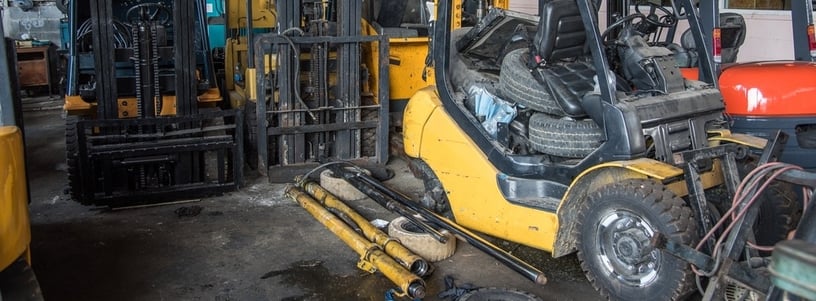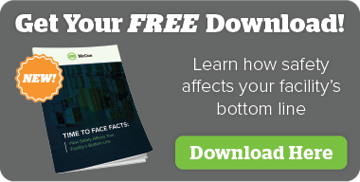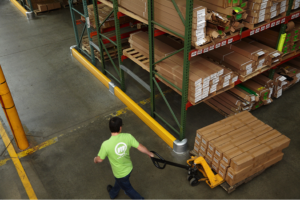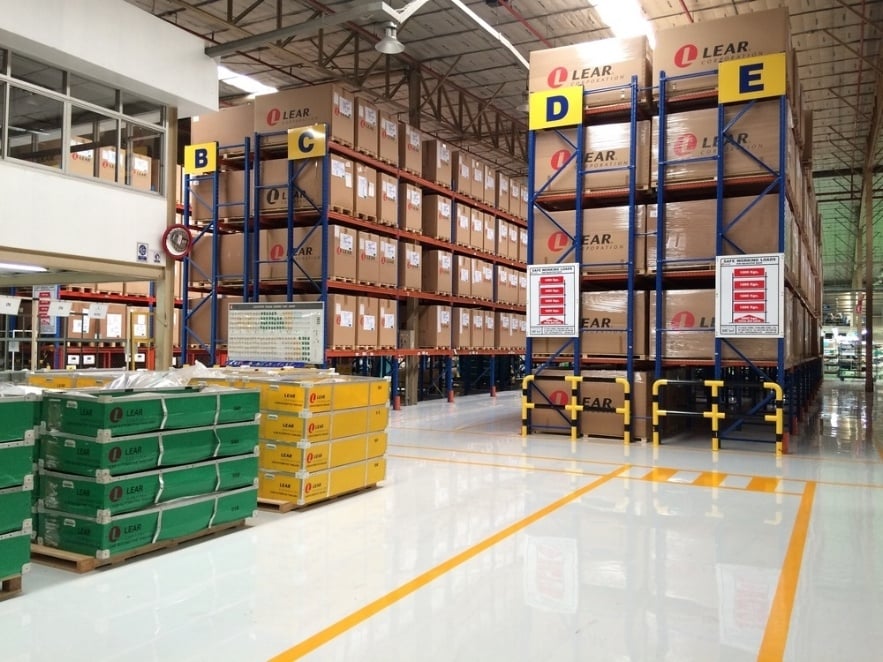You can get something done fast and cheap, but it won't be high quality.
You can get something done cheap and well, but it's going to take a whole lot of time.
You can get something done well and fast, but it'll cost you.
And all three — good, fast and cheap? Keep dreaming.

One of your main priorities is keeping the maintenance budget low at your facility. And because of that, it can be easiest to turn to solutions that fall somewhere in that realm of fast and cheap. The quick fix. But there's a reason gum’s not the preferred solution for plugging a crack, and that duct taping a car bumper can only get you so far (literally). They're temporary solutions for a bigger problem.
The best solutions often entail spending a little more up front, in order to reduce costs big time down the road. Preventative maintenance, while a bit tougher on the budget initially, is a great step toward reducing costs in the future.
Maintenance costs are associated with every aspect of your facility, so let’s take a look at a few approaches you can use to keep them low.
Prevent Downtime
Any unplanned activity that causes a process to stop is considered downtime. It’s a highly visible problem that will directly affect your maintenance budget. And it'll often be the largest source of productivity loss in your facility. When the warehouse floor grinds to a halt because of a large breakdown or equipment failure you can be sure you’ll hear about it — and will have to fix it.
Total Productive Maintenance is a holistic approach you can use to prevent downtime in your facility. And by doing so, you can reduce the amount of unplanned maintenance your budget will have to endure. The big idea behind TPM is getting every member of your facility involved in the maintenance process and emphasizing proactive and preventative techniques. There are 8 pillars of TPM, but let’s just focus on two for today: autonomous maintenance and focused improvement.
Autonomous Maintenance
Material handling requires a lot of moving parts and manual touch points for your employees. So they are likely the ones who’ll be able to spot potential issues before they become actual failures. Autonomous maintenance gives some of the responsibility for preventative maintenance to your employees, by giving them greater ownership of their equipment and process. Providing your employees with proper training and the tools for routine maintenance can greatly reduce those big equipment failures that lead to downtime, and can keep your employees safe.
Focused Improvement
While maintenance request records will give you a good indication of the problems that seem to happen over and over, you won’t know about those problems until after the fact. Your employees, though, have a greater ability to identify recurring problems as they begin. Enable small groups of your employees to work together to proactively make incremental improvements to equipment and process operation. Ensure they have material handling prevention products that are not locked into the initial design, but can be easily installed and moved where needed most. Our flexible solutions install quickly, with less expense, and can actually withstand and deflect high impacts.
Preventing Damage
Equipment and products are going to wear down and get damaged from time to time. There’s really no way around it. You can’t protect the assets in your facility from everything, but you can leverage damage prevention products in your material handling to limit those high priority facility repairs that seem to happen over and over again.
Installing material handling equipment with the sole purpose of protection is one further assurance of lowered long-term repair costs. Rails, barriers, bollards and rack protection should all be strategically placed to protect products from damage.
But let’s say one of your employees crashes a piece of heavy equipment into a standard concrete bollard. Sure, your typical bollard would do its job and protect the products on the rack. However, it’s very likely the bollard would still create an impact on the floor or on the body of the equipment. And there you go: another cost added to your maintenance budget.
What’s the point of asset protection if it only defers the maintenance cost onto something else? Wouldn’t it be better to have a flexible solution that was made with material that could actually withstand high impacts and live to tell the tale? We applied the same material design we use throughout our durable material handling products to solve the flaws of the common signpost. We think the results speak for themselves.




